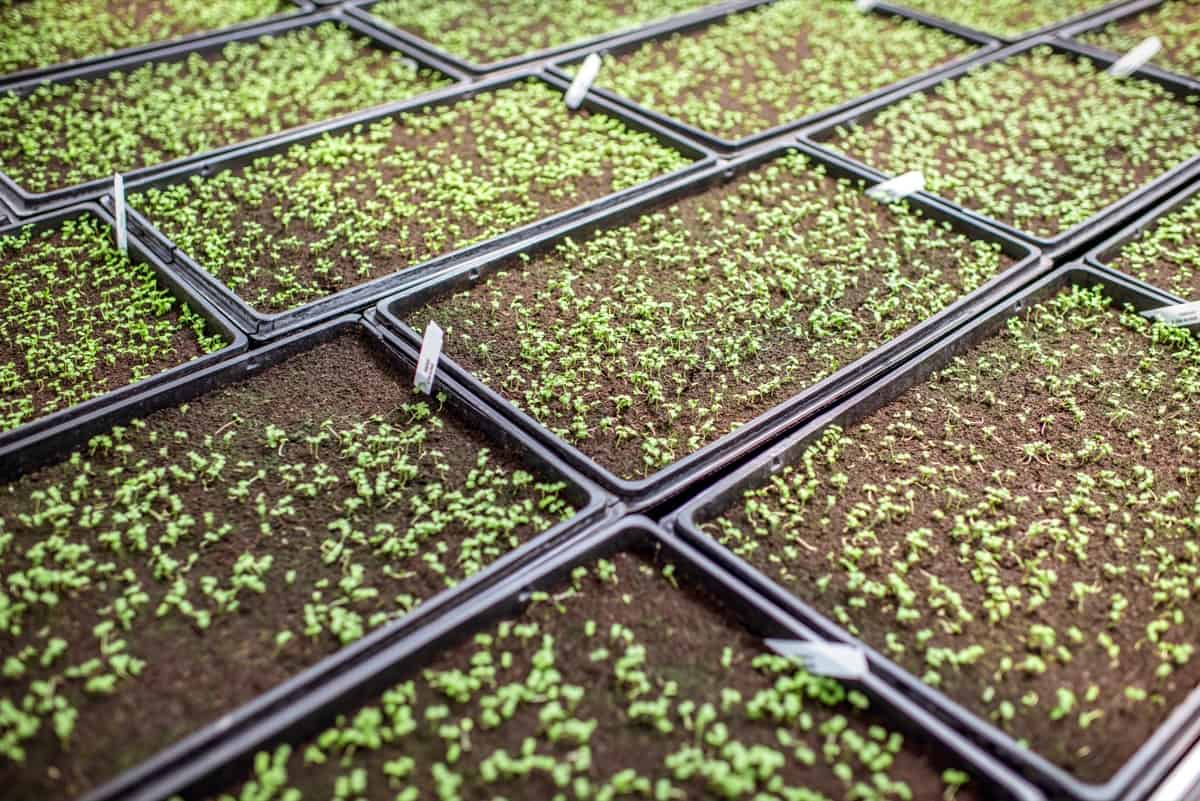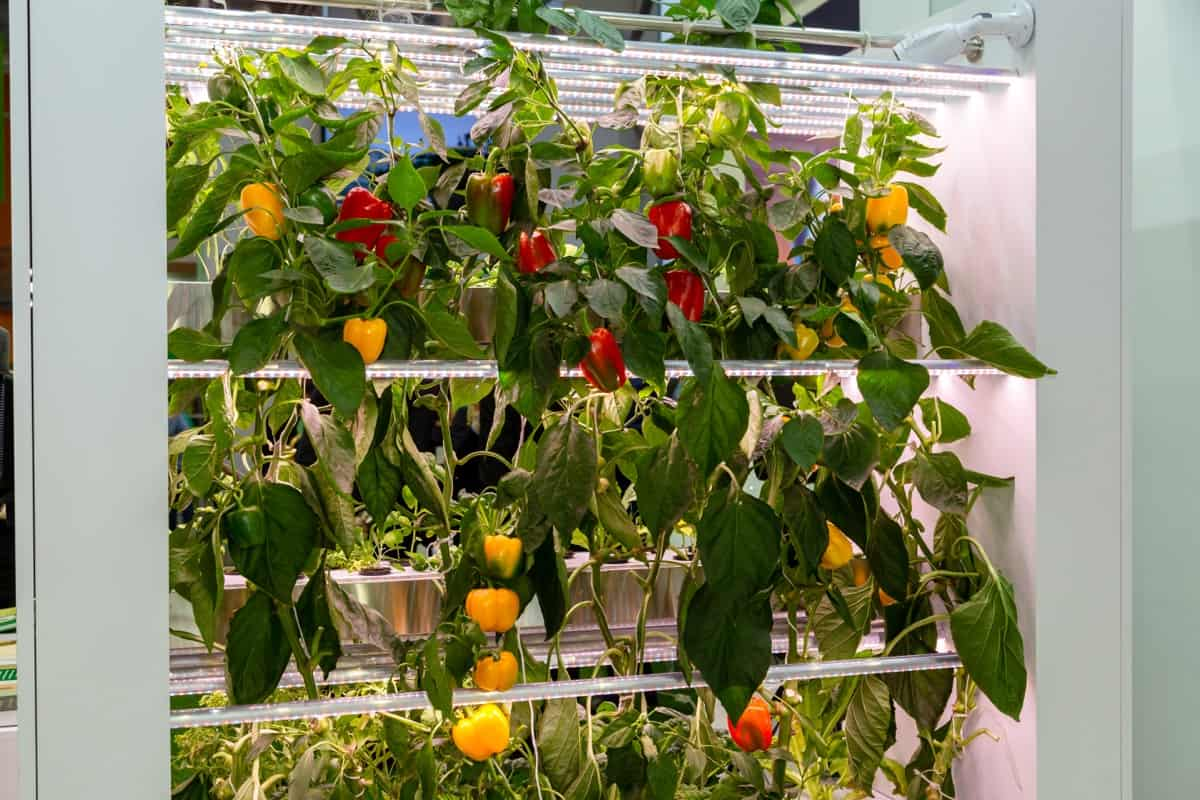California’s diverse climate offers an extensive growing season, sometimes making it possible to grow crops year-round. Yet, many wonder: How do you extend the growing season? Can it be prolonged even further? And more importantly, is California good for growing plants? Well, extending the growing season in this Golden State is possible, and with the right techniques, you can optimize your garden or farm to get the most out of the season. This article dives deep into understanding the climate zones of California, choosing suitable crops, and implementing various techniques to maximize productivity and extend the growing season.
How to Extend Growing Season in California
Understanding the Climate Zones in California for Extending the Growing Season
California’s vast geography means it encompasses a range of climate zones. From the cool coastal zones of Northern California to the warmer, arid conditions of Southern California, the state offers varied growing conditions. Each zone has its peak growing season, and certain crops thrive best. Understanding these zones is crucial for any gardener or farmer looking to extend their growing season.
For instance, coastal regions have milder temperatures and might support cool-weather crops for longer periods. In contrast, the Central Valley, known for its longer summers, can sustain heat-loving plants for extended durations. By planting in tune with the climate of your specific zone, you can maximize the potential of the growing season.
Choosing the Right Crops and Varieties for Extended Growing Seasons in California
To extend the growing season, select plants that can handle early spring or late fall’s colder temperatures must be selected. Some vegetables, like leafy greens, radishes, and peas, are cold-hardy and can be planted earlier in the year. On the other hand, tomatoes, peppers, and squash require warmer temperatures and can be sown later in the season. Additionally, many seed companies have developed varieties specifically for extended seasons. Opting for these can yield better results and a longer harvest period in California’s diverse climate.
Utilizing Greenhouses and High Tunnels to Prolong the Growing Season in California
One of the most effective methods for season extension is using structures like greenhouses and high tunnels. These structures provide a controlled environment for plants, protecting them from extreme temperatures, heavy rainfall, and pests. Greenhouses are generally more permanent structures that can heat, making them suitable for year-round growing in many parts of California.
In case you missed it: 15 Best Honey Farms and Apiaries in California (CA) for Southern, Northern, and Central Regions

High tunnels are simpler, unheated structures that can be moved as needed. They trap solar heat, ensuring plants remain warm even during cooler nights or days. Both these structures can greatly prolong the growing season and enable the cultivation of crops that might not otherwise thrive in the open air during certain periods.
Implementing Season Extension Techniques: Row Covers and Floating Row Covers
Row covers and floating row covers are another set of tools to consider. These are lightweight, often made of spun-bonded fabric, and draped directly over plants without support. These covers protect plants from frost, pests, and sometimes even heavy rainfall while allowing sunlight and rain to reach the plants.
They can be particularly useful during early spring or late fall, preventing frost damage and providing additional degrees of warmth to plants. This slight increase in temperature can make a significant difference in extending the growing season and ensuring a successful harvest.
Managing Soil Temperature and Moisture for Extended Growing Seasons
Soil temperature and moisture play a pivotal role in plant growth. Cold soils can stunt growth and even kill certain plants. To extend the growing season, managing both factors effectively is essential. Warm the soil in spring using plastic mulches or raised beds. Raised beds heat up faster than ground-level soils. Ensure consistent moisture levels by using drip irrigation or soaker hoses, which provide water directly to plant roots, minimizing evaporation losses.
In case you missed it: All about California Giant Zinnia: How to Plant Seeds, Spacing, Size, Height and Blooming Time

Maximizing Sunlight Exposure for Longer Growing Seasons in California
Sunlight is the lifeblood of plants. One must ensure crops receive adequate sunlight to optimize growth and extend the growing season. Choose planting locations that receive full sun, especially during the winter when days are shorter. For sloped terrains, south-facing slopes can be warmer and receive more sunlight, making them ideal for planting. Additionally, using reflective mulches can help increase sunlight exposure for plants. These mulches reflect sunlight onto the plants, ensuring they get maximum light, which is especially beneficial in the shorter days of the extended season.
Using Mulching Techniques to Protect Plants and Extend the Growing Season
Mulching is a fantastic method to protect plants, retain soil moisture, and regulate soil temperature, all crucial for extending the growing season. Organic mulches like straw, leaves, or compost can be spread around plants. These protect plants from sudden temperature drops and break down over time, enriching the soil with nutrients.
In case you missed it: When to Prune Trees in California (CA): Plants Trimming Schedule for Southern, Central, and Northern Regions

In warmer regions, light-colored mulches can reflect sunlight, preventing the soil from getting excessively hot. Conversely, dark-colored mulches can absorb heat and warm the soil in cooler areas. Mulching serves the dual purpose of protecting plants and optimizing conditions for extended growth.
Employing Cold Frames and Cloches to Extend the Growing Season in California
Cold frames and cloches act as mini-greenhouses, providing a protective environment for plants during the colder months in California. A cold frame, typically a wooden or metal box with a transparent top, harnesses the sun’s warmth to create a favorable plant microclimate. It’s excellent for hardening off seedlings or extending the life of cold-hardy crops.
On the other hand, cloches, usually bell-shaped glass or plastic covers, are placed directly over individual plants, offering protection from frost and cold winds. By effectively using these tools, California gardeners can begin their planting season earlier in the spring and extend it well into the fall, ensuring a longer harvest period.
Exploring Hydroponics and Indoor Gardening for Year-round Cultivation in California
Hydroponics is a way to grow plants without soil, using nutrients in water. It’s becoming popular in California, especially for people who want to grow plants all year long. This system allows for precise control over nutrients, pH levels, and oxygen, ensuring optimal growth conditions.
In case you missed it: Do Deer Eat Geraniums, Petunias, Impatiens, Marigolds, Dianthus, Begonias, Calibrachoa?

Combined with indoor gardening, it paves the way for 365 days of cultivation, irrespective of external weather conditions. With artificial lighting, temperature control, and hydroponic systems, Californians can grow everything from leafy greens to fruits, ensuring a continuous supply irrespective of the season.
Incorporating Crop Rotation and Succession Planting for Continuous Harvests
Crop rotation and succession planting are time-tested agricultural practices that can significantly impact a garden’s productivity. Crop rotation involves planting different crops sequentially in the same area, breaking pest and disease cycles, and improving soil fertility. For instance, after growing a nitrogen-consuming crop like tomatoes, you can plant beans, which fix nitrogen back into the soil.
Succession planting, on the other hand, refers to planting crops staggered so that as one batch is harvested, the next is ready to take its place. This ensures a continuous harvest throughout the season. By incorporating these techniques, California farmers and gardeners can maintain a consistent produce yield and keep their soils healthy and productive.
Conclusion
With its diverse climates, California offers immense potential for extending the growing season. By understanding the unique characteristics of each climate zone, selecting the right crops, and implementing effective techniques, you can grow crops year-round in many parts of California. Whether you are a backyard gardener or a commercial farmer, these strategies can help you achieve a longer, more productive growing season.
- Feed Your Flock for Less: Top 10 Tips to Save on Chicken Feed
- Ultimate Guide to Ossabaw Island Hog: Breeding, Raising, Diet, and Care
- Hatching Answers: The Top 10 Reasons Your Chickens Aren’t Laying Eggs
- Eggs and Economics: Breaking Down the Cost of Raising Backyard Chickens
- Defend Your Greens: Proven Methods to Keep Iguanas Out of Your Garden
- Ultimate Guide to Cinnamon Queen Chicken: A Comprehensive Guide for Beginners
- Ultimate Guide to California Tan Chicken: Breeding, Raising, Diet, Egg-Production and Care
- Ultimate Guide to Marsh Daisy Chicken: Breeding, Raising, Diet, and Care
- 10 Types of Chicken Farming Businesses You Can Start for Profits